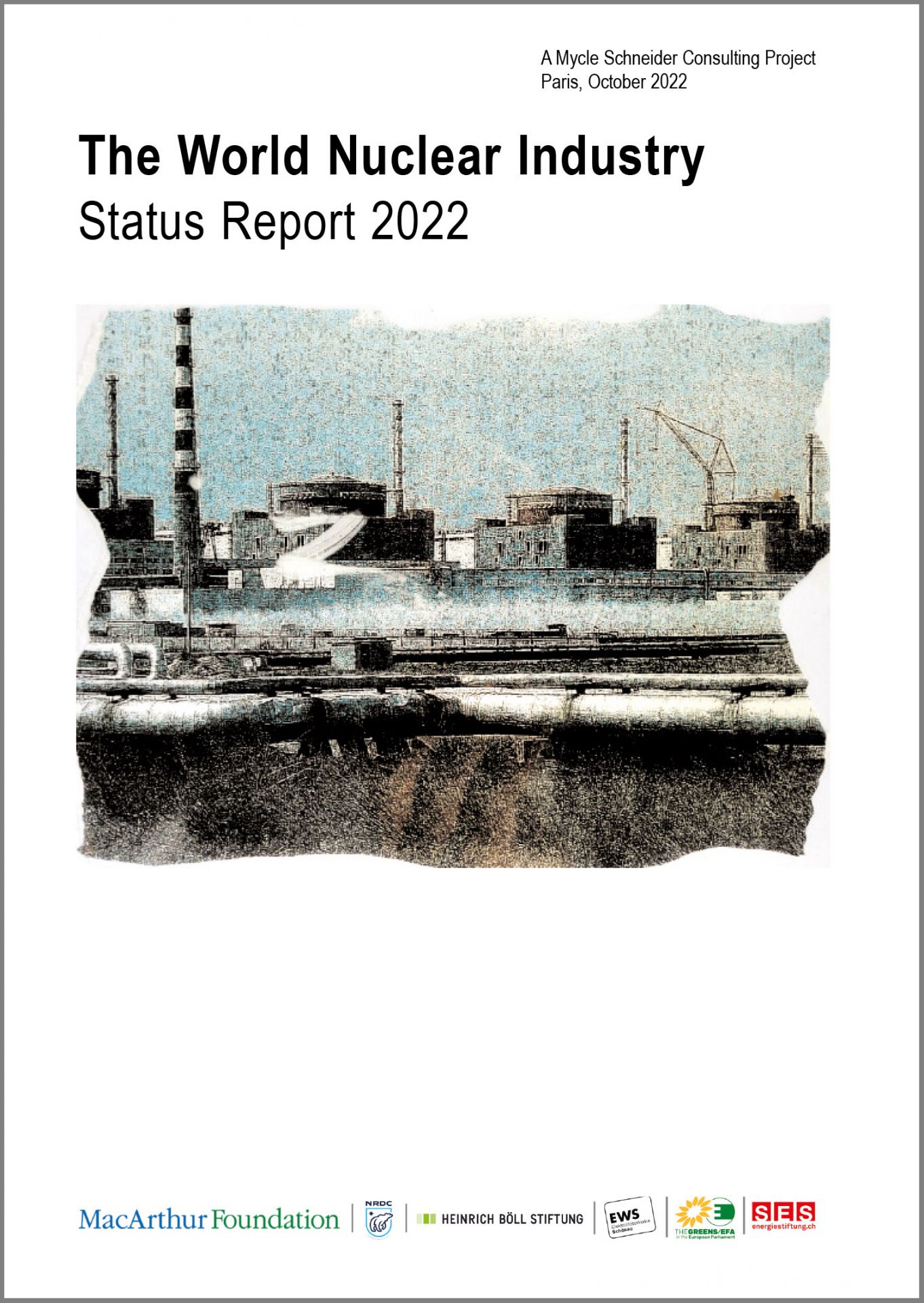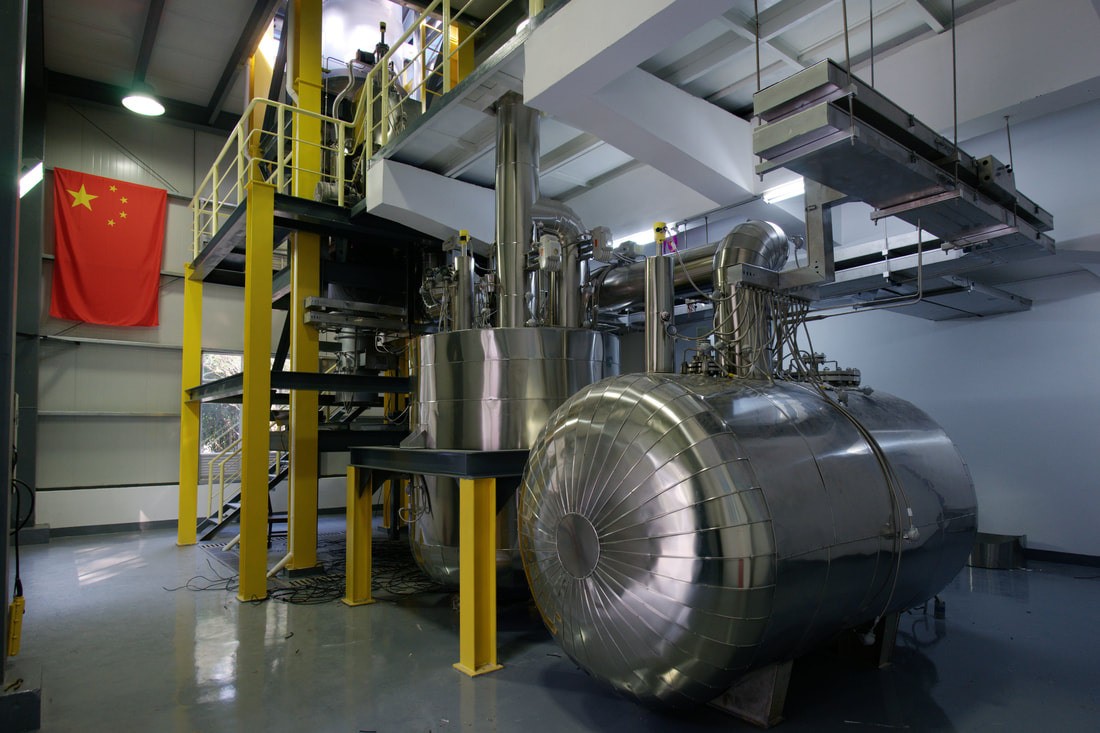The Taishan nuclear power plant in China. (Photo: CGN)
China’s Taishan-1, which was shut down last summer due to damaged fuel rods, resumed operations on August 15.
The plant briefly made headlines last summer—as much for the damage inside the reactor as for the media fallout. In June 2020, plant operators found damage to the cladding on about five of the 60,000 fuel rods in Taishan-1, one of the plant’s two 1,660-MW EPRs. What happened next seemed like a bad game of “telephone.”
The CANDU reactors at Qinshan. (Photo: Wikimedia/Atomic Energy of Canada Limited)
SNC-Lavalin subsidiary Candu Energy recently announced that it is engaged in pre-project design and engineering work at the Qinshan Phase III nuclear power station in China’s Zhejiang Province with Third Qinshan Nuclear Power Company (TQNPC), the plant’s operator.
Roadmap for the China Initiative Accelerator-Driven System project development. (Image: Zhijun Wang/CAS)
Researchers at the Chinese Academy of Sciences’ Institute of Modern Physics are making strides with their China Initiative Accelerator-Driven System (CiADS) technology, which is being developed to get more life out of used nuclear fuel. Defense One, an online news source that focuses on “the future of U.S. defense and national security,” describes the prototype system as a step in moving China toward energy independence and advancing that nation’s “global leadership in climate-friendly technology.”
China’s molten salt loop experiment. (Photo: Thorium Energy World)
China is moving ahead with the development of an experimental reactor that would be the first of its kind in the world and “could prove key to the pursuit of clean and safe nuclear power,” according to an article in New Atlas.
House committee urged to oppose bans on U.S.-China nuclear energy cooperation
Plasma in MAST. (Photo: UKAEA/EUROfusion)
As governments around the world cooperate on the ITER tokamak and, in parallel, race each other and private companies to develop commercial fusion power concepts, it seems that “game-changing” developments are proclaimed almost weekly. Recently, the United Kingdom and China announced new fusion program results.




 A picture of the state of the global nuclear energy industry has been painted in a
A picture of the state of the global nuclear energy industry has been painted in a  As energy security and environmental concerns prompt some countries to increase their reliance on nuclear energy or become first-time adopters of the technology, the U.S. government must decide whether it will offer financing for reactor exports—a move that poses financial risks but could create jobs, address global climate and energy security challenges, and limit Chinese and Russian influence. A new
As energy security and environmental concerns prompt some countries to increase their reliance on nuclear energy or become first-time adopters of the technology, the U.S. government must decide whether it will offer financing for reactor exports—a move that poses financial risks but could create jobs, address global climate and energy security challenges, and limit Chinese and Russian influence. A new 








 Nuclear power is an important component in the fight against climate change, but independent regulation is needed to gain the public’s---and governments'---trust, according to a March 6 article in The Economist, “
Nuclear power is an important component in the fight against climate change, but independent regulation is needed to gain the public’s---and governments'---trust, according to a March 6 article in The Economist, “